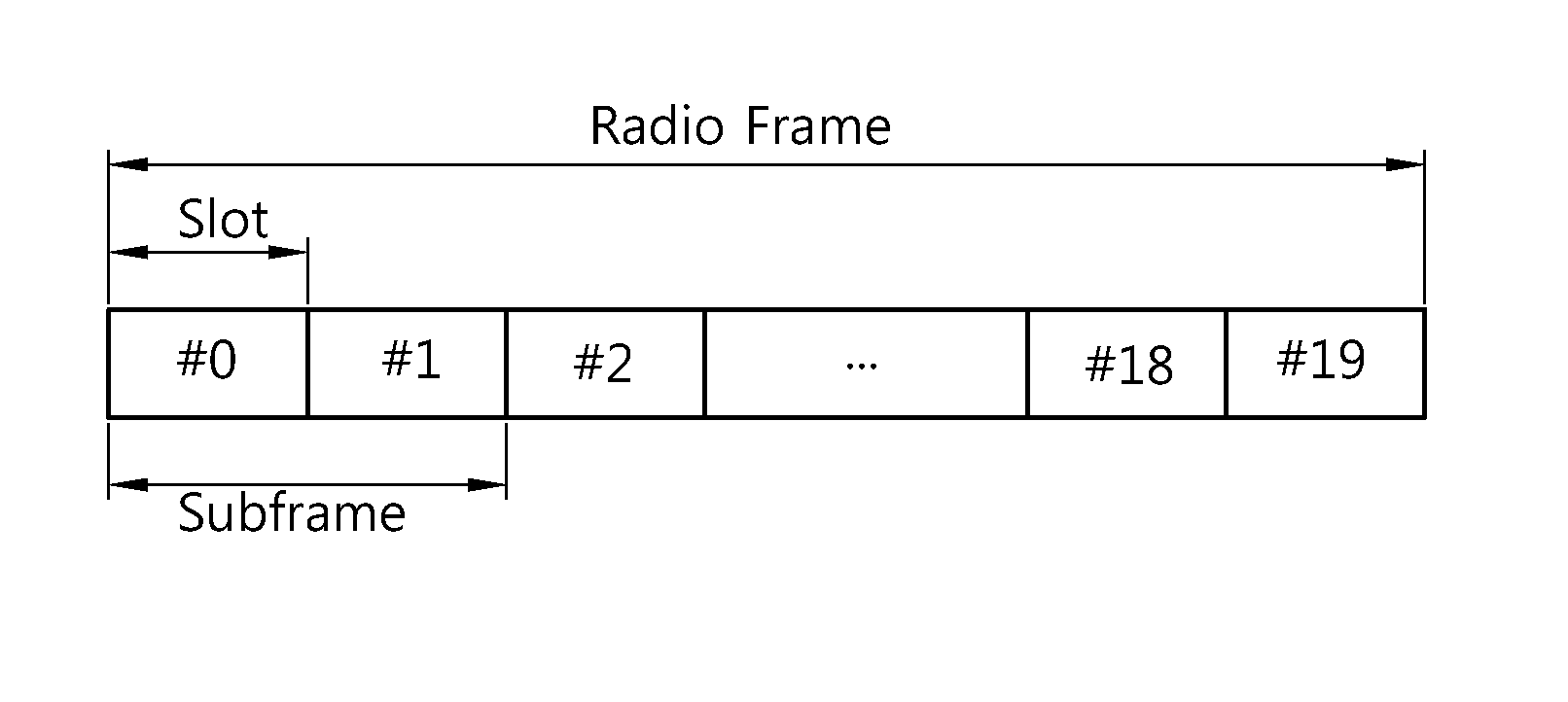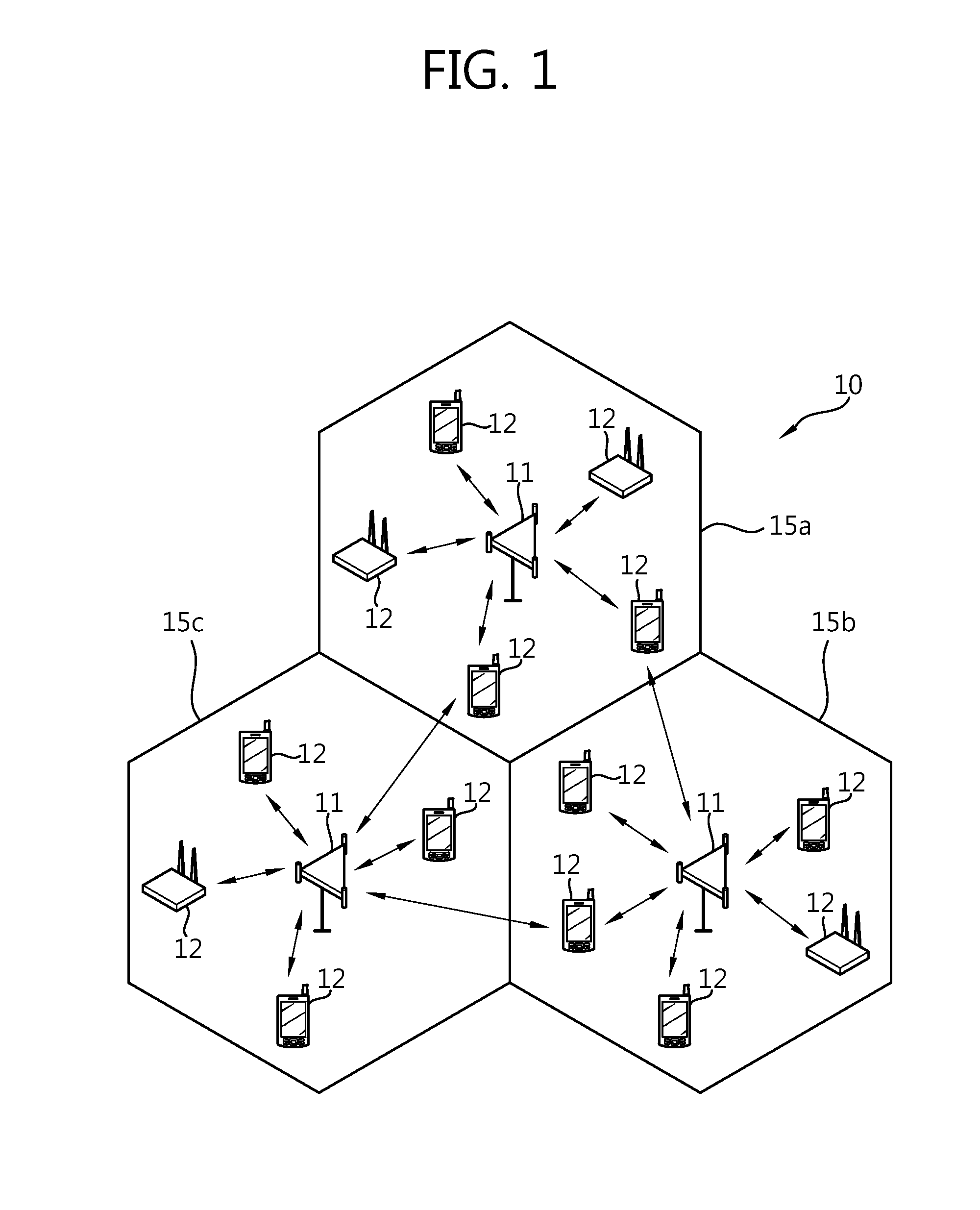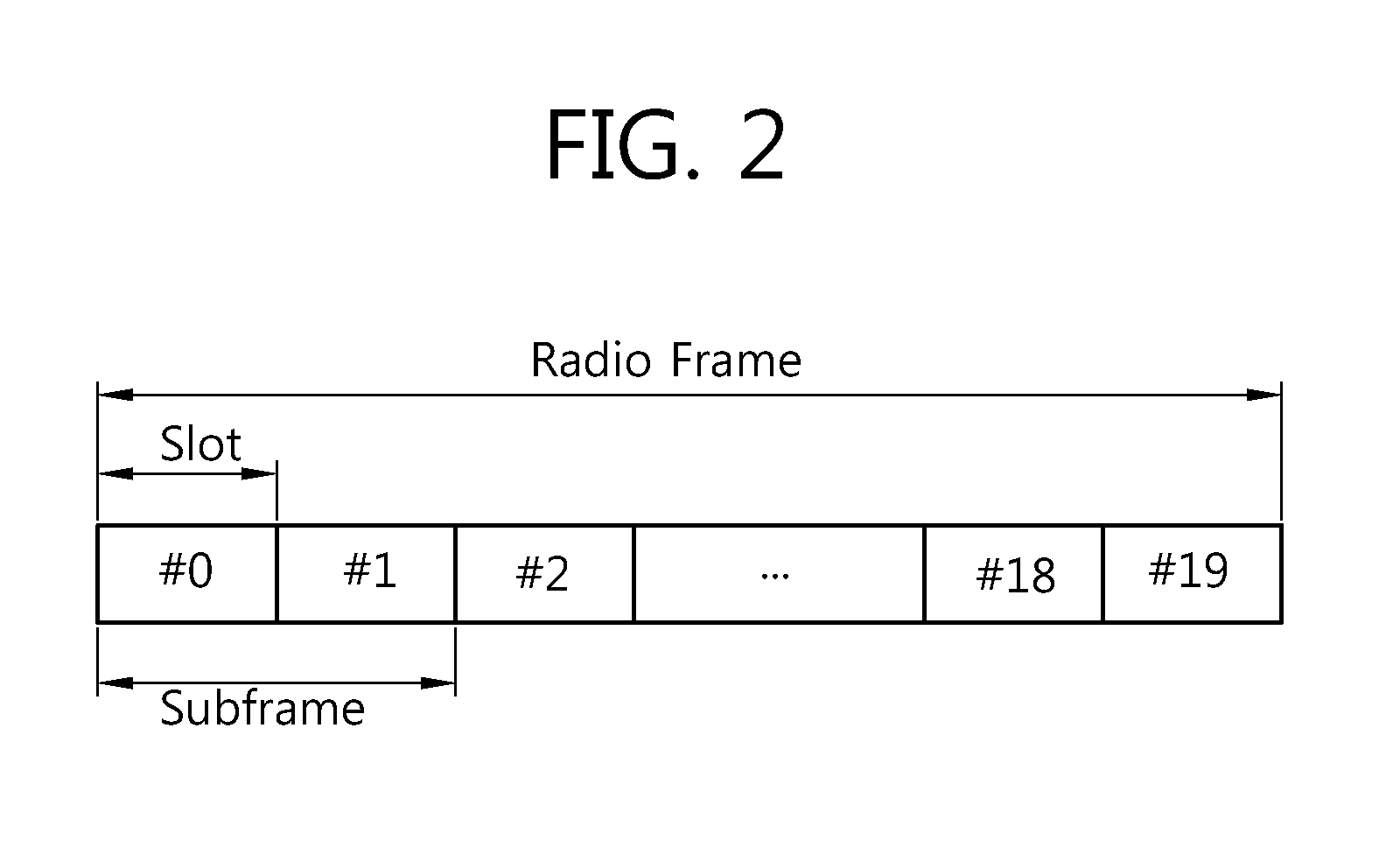Method and apparatus for performing HARQ in a multiple antenna system
a multiple antenna and automatic repeating technology, applied in the field of wireless communication, can solve the problem that the uplink harq cannot support su-mimo according to the existing lte system, and achieve the effect of improving transmission reliability and system capacity
- Summary
- Abstract
- Description
- Claims
- Application Information
AI Technical Summary
Benefits of technology
Problems solved by technology
Method used
Image
Examples
first embodiment
[0060]In a first embodiment for channel coding, repetition coding can be used. For example, in uplink SU-MIMO, if the maximum possible number of CWs is 2, a 2-bit ACK / NACK signal is repeated m times according to a code rate 1 / m used in PHICH coding. When the code rate 1 / m=1 / 3, CWs for 2-bit information bits for two ACK / NACK signals are as follows.
TABLE 2Minimum2 ACK / NACK signalsCodewordWeightDistance0000000003010101013101010103111111116
second embodiment
[0061]In a second embodiment for channel coding, a simplex code can be used. For example, in order to perform coding on the 2-bit information bits for the two ACK / NACK signals at a PHICH code rate 1 / 3, coding can be performed by using a simplex code of (3, 2) and the generated code can be repeated to generate a codeword. The following table shows an example of the generated codeword.
TABLE 3Minimum2 ACK / NACK signalsCodewordWeightDistance0000000004010110114101011014111101104
[0062]The example of Table 3 has an advantage in that a minimum distance increases in comparison with the example of Table 2.
third embodiment
[0063]In a third embodiment for channel coding, block coding can be used. When the code rate is 1 / m, a codeword bi (i=0, . . . , mn−1) for information bits ak (k=0, . . . ,n−1) having n bits for n ACK / NACK signals can be generated by the following equation.
bi=∑k=0n-1(ak×Mi,k)mod2[Equation3]
[0064]Herein, if n=2 and m=3, a basis sequence Mi,k can be defined by the following table.
TABLE 4iMi,0 Mi,1010101211300410501
[0065]For example, a codeword generated by using two ACK / NACK signals according to the code rate 1 / 3is as follows.
TABLE 5Minimum2 ACK / NACK signalsCodewordWeightDistance0000000003011010103100110013111100114
[0066]In step S530, the generated codeword for the ACK / NACK signals is mapped to complex-valued modulation symbols on a signal constellation according to a modulation scheme. Similarly to the existing LTE system, BPSK may be used as the modulation scheme. In this case, the number of PHICHs that can be multiplexed to one PHICH group may be increased by directly using the exi...
PUM
 Login to View More
Login to View More Abstract
Description
Claims
Application Information
 Login to View More
Login to View More - R&D
- Intellectual Property
- Life Sciences
- Materials
- Tech Scout
- Unparalleled Data Quality
- Higher Quality Content
- 60% Fewer Hallucinations
Browse by: Latest US Patents, China's latest patents, Technical Efficacy Thesaurus, Application Domain, Technology Topic, Popular Technical Reports.
© 2025 PatSnap. All rights reserved.Legal|Privacy policy|Modern Slavery Act Transparency Statement|Sitemap|About US| Contact US: help@patsnap.com



